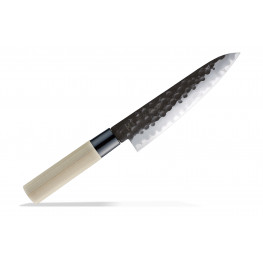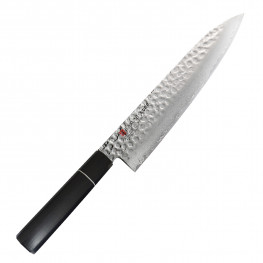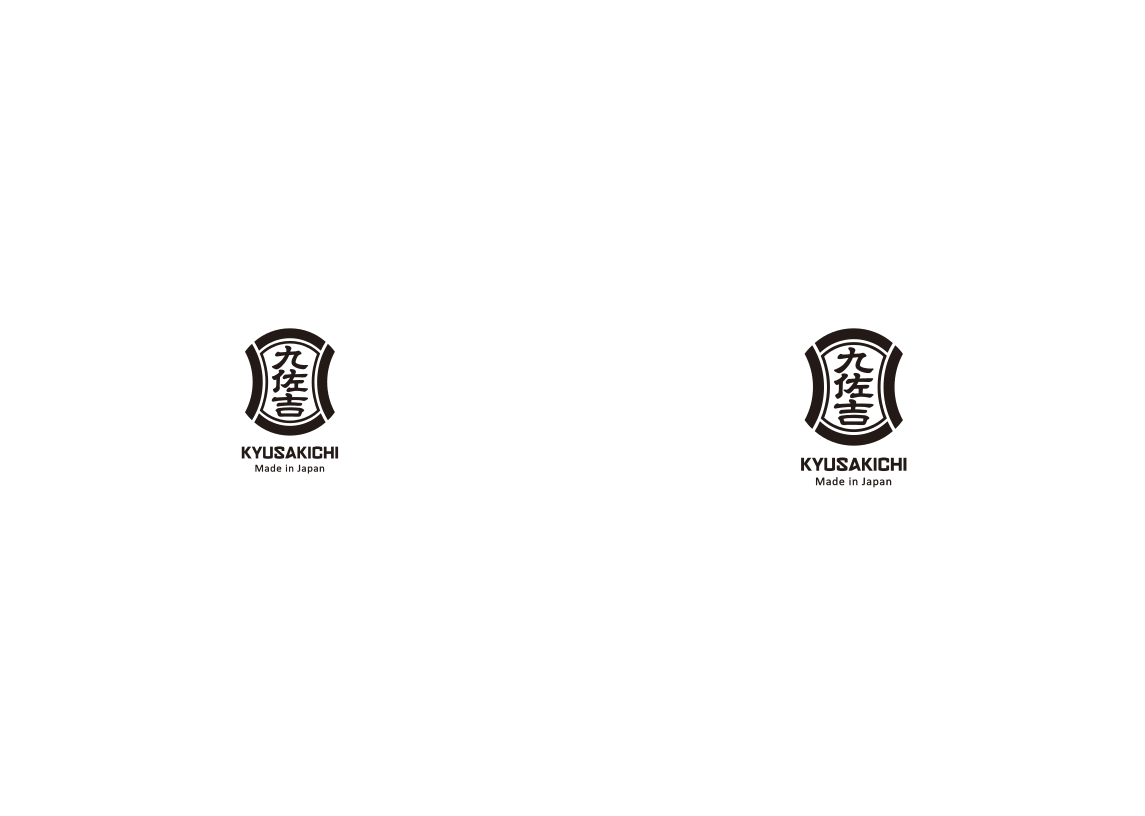Product detail
We buy Japanese knives mainly because of their uncompromising sharpness. However, it should be noted that because of using each knife slowly dulls. It is a natural feature. However, it is up to us to restore it to its most important feature - sharpness. It should be noted that Japanese knives generally have harder blades and finer cutting edges than their European competitors, which is why their sharpening requires a specific approach. Japanese knives are sharpened mainly on whetstones. They are often also called Japanese stones or water stones. In various offers, we encounter diametric differences in the prices of whetstones, which can of course lead to confusion. So let's talk about it.
Whetstones are primarily divided into natural and synthetic. Natural stones were mined in quarries, the most desired from around Kyoto. Today, with few exceptions, they are all closed. However, traders have limited stocks of the basic material from which they make the whetstones. The stones have the mark of quarry, mountain range, type and finally the degree of hardness. The price of natural stones is significantly higher than synthetic ones. Well, as we know, price is a reflection of the ratio of supply and demand. With closed quarries, therefore, the excess demand is understandable. This means that natural stone does not always have to be of better quality than synthetic stone.
Artificial or synthetic stones are like an effort to replace and improve natural stones. Abrasive elements of specific shapes, materials, sizes and quantities are incorporated into the basic material forming the shape of the stone itself (brick). It can be clayey or ceramic. Ceramic is more durable, lasts longer and is designed primarily for sharpening very hard steels. There are several manufacturers in Japan, some of them focus on cheaper stones, others on higher quality and more expensive ones. They use their trademarks and it is difficult for the average user to associate a brand with the manufacturer himself. To make the orientation even more difficult, many manufacturers produce so-called OEM products, i.e. stones for knife manufacturers. These stones have the logos of knife companies and finding their origin is not easy. However, the rule here is that the renowned knife manufacturer offers quality stones that can sharpen hard blades of his knives. In addition, they bear his name and therefore such a purchase is risk-free. In our market we also meet very cheap stones from Chinese manufacturers /e.g. TAIDEA/. However, try sharpening the VG-10 steel blade with them, not to mention aogami.
With synthetic stones, the price says the most about it. It reflects the material of the abrasive elements, their number /grain size/, the quality of the bonding material, the size of the stone and the accessories /pad, toishi/. It is the dimensions of the stone that determine how comfortable and especially how long you will be able to use it.
The stones are lubricated before use. Aggressive stones for grinding garden tools are rubbed with oil, but stones for kitchen knives are lubricated with water. Some require perfect saturation by immersion in water for 10-15 minutes, others just soak briefly and you can start working.
The edge of the Japanese blades is fine and makes an angle of about 15 degrees. The more robust blade has 20 degrees, but beyond this value the limit for Japanese knives ends and starts the domain of European knives. When grinding, it is important to keep the chosen angle, as well as the grinding paste formed on the stone. If your knife has a very neglected blade, or even an indication of chipping, a stone with a coarse grain size of 220 to 400 will help you. You can also use such a stone when formatting a different blade angle. For common basic sharpening, grain sizes of 800 to 1500 are used. If your goal is a "razor blade sharp knife", it is advisable to continue sharpening on higher granulations 2000, 3000, 4000 or 6000. Stones with granulation 8000 and higher are suitable for polishing the edge.
All stones in our shop are original whetstones and come exclusively from Japanese manufacturers. In addition, we also offer additional methods of grinding using sharpening rods or ceramic sharpeners.
However, if you decide to leave the sharpening of your knives to professionals, you can just bring them to our store.
©2010-2018 Copyright Roman Ulík, Nippon Knives, www.japonskenoze.sk,all rights reserved. Photographs and texts are protected by copyright law, and their use without permission of the author is not possible.
About producer

The brand KASUMI belongs to Sumikama Cutlery Mfg. Pvt.Ltd. Its current owner represents the third generation of this knifemaking family. Mr. Katsumi Sumikava found a very appropriate name for his knives - KASUMI. Not only because it resembles his name, but mainly because their damascus blades resemble the outlines of mountains under a misty sky. In Japanese culture, you often come across names that are direct references to specific objects or phenomena. And this is one of the examples.
Sumikama Cutlery is located in the city of Seki in Gifu Prefecture. It is an important center of Japanese cutlery, a kind of analogue of Solingen in Germany or Sheffield in England. Admittedly, with a richer history. The first blacksmiths began to settle here at the end of the 13th century. The attraction was peat reserves, rich iron ore sand, fresh water and the proximity of important rivers. These ideal conditions caused more than 300 forges to operate in Seki between 1300 and 1500. The quality of Seki swords soon gained an unshakable position, and the best katanas of samurai warriors usually came from this area.
Today, the production of KASUMI brand kitchen knives is overseen by master Kanefusa Fujiwara himself, a member of the 25th generation of the clan, famous for the production of katana swords. You can find the proud name of the region on every KASUMI brand blade.
©2010-2018 Copyright Roman Ulík, Nippon Knives, www.japonskenoze.sk all rights reserved
Photos and texts are protected by copyright law and their use without the author's consent is not possible.


 Sign in
Sign in Registration
Registration






































